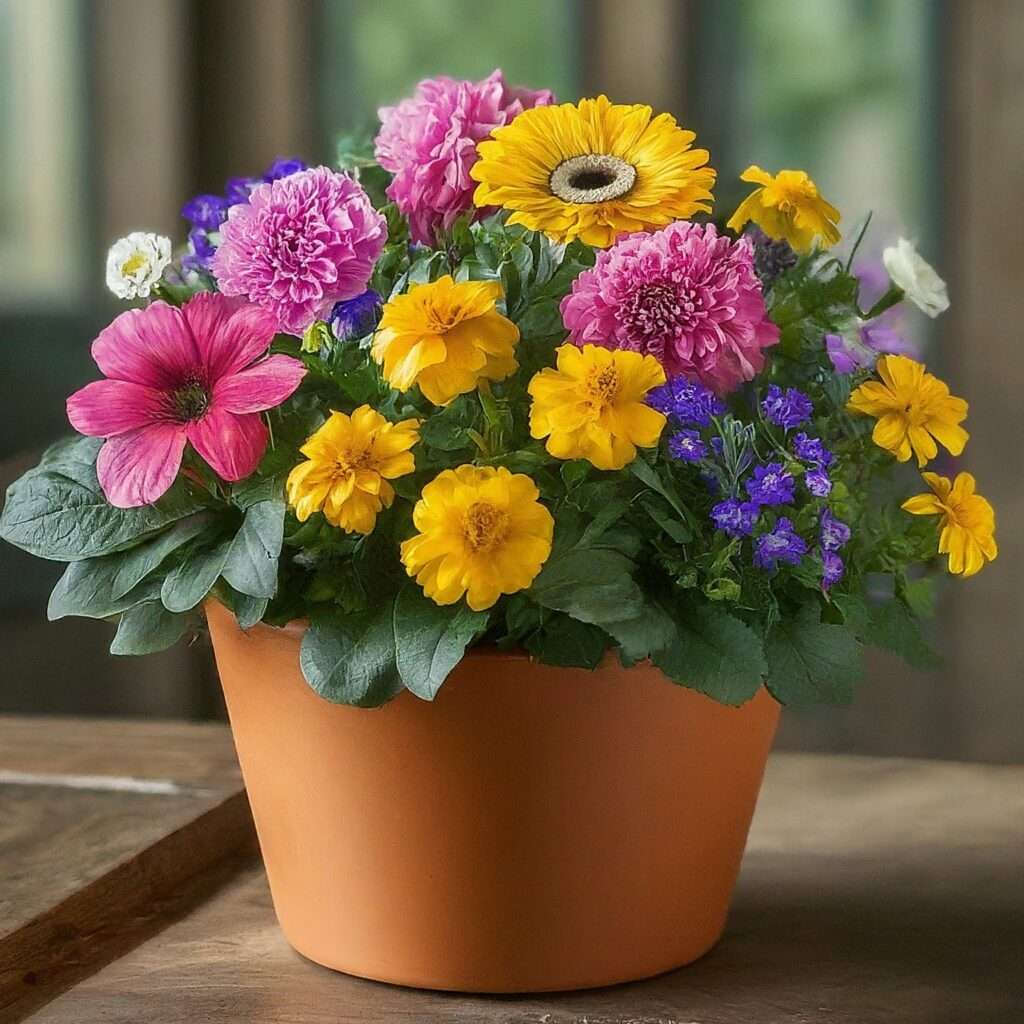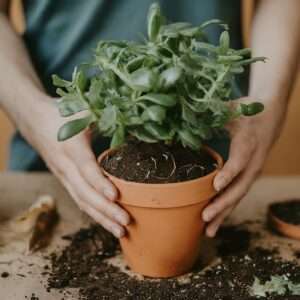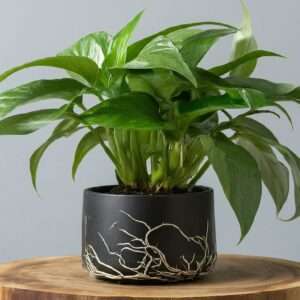
Repotting is an essential aspect of caring for potted plants. It involves transferring a plant from its current pot to a larger one, providing it with more space to grow and thrive. While it might seem like a challenging task, repotting is actually quite simple and can be done by anyone with a basic understanding of plant care.

There are several reasons why repotting is necessary for the health and well-being of your potted plants:
Root Growth: As plants grow, their roots expand and eventually fill up the pot. When this happens, the roots have nowhere to go and can become stunted or damaged. Repotting provides the roots with more space to grow and develop.
Nutrient Deficiency: Over time, the soil in a pot can become depleted of essential nutrients. Repotting allows you to refresh the soil and provide your plants with the nutrients they need to thrive.
Pest and Disease Control: Repotting can help to prevent the spread of pests and diseases. By transferring your plant to a new pot, you can eliminate any harmful organisms that may be present in the old soil.
Aesthetics: Repotting can also improve the appearance of your plants. A larger pot can give your plants a more substantial and attractive look.

There are several signs that your plant may need repotting:
Roots Growing Out of the Drainage Holes: This is a clear indication that your plant’s roots have outgrown its current pot.
Plant Growth Slowing Down: If your plant is no longer growing as quickly as it used to, it may be because its roots are restricted.
Water Draining Through the Pot Very Quickly: This could be a sign that the soil in your pot is compacted and not allowing water to drain properly.
Plant Looking Wilted or Yellowing: If your plant is wilting or yellowing despite receiving adequate water, it could be a sign of root problems.

If you do not repot your plants when they need it, you may face several consequences:
Root Rot: If your plant’s roots are constantly sitting in soggy soil, they may develop root rot. This is a fungal disease that can kill your plant.
Nutrient Deficiency: As the soil in your pot becomes depleted of nutrients, your plant will become weaker and more susceptible to pests and diseases.
Stunted Growth: If your plant’s roots are restricted, it will not be able to grow to its full potential.
Death: In severe cases, failure to repot your plants can lead to death.

It is important to water your plant thoroughly before repotting it. This will help to protect the roots during the process.
Different plants have different sunlight requirements. Make sure to place your plant in a location that receives the appropriate amount of sunlight.
Once you have prepared the soil and watered your plant, you are ready to repot it.
Follow these steps:
Additional Tips
By following these tips, you can ensure that your potted plants remain healthy and thriving for years to come.